Looking for vegetable garden layout ideas? Here are 20 vegetable garden layouts by real gardeners that will help you grow more food in your gardens—from small space gardens to raised beds. Take a look.
What’s special about these garden plans is that they are successful layouts designed and executed outside in the garden itself by verified customers. We hope you find this both inspirational and useful!
I. Square-Foot Gardening Layouts
Square-foot gardening (SFG) makes efficient use of space. Normally, an SFG garden is made of multiple 4x4-foot “boxes” (deeply-raised beds) that can be densely planted for multiple harvests. A lattice is laid across the top to separate each square foot. By getting rid of traditional rows, you will do less weeding, too. SFG is an especially helpful method for beginner gardeners.
See SIX square-foot garden layouts—plus, beautiful garden photos!
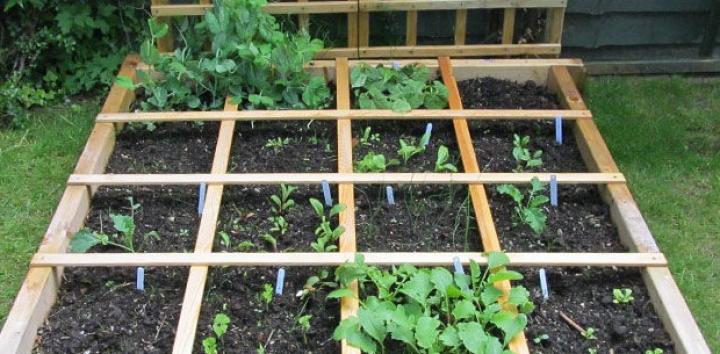
II. Backyard Garden Layouts
A backyard often has many family demands placed upon it. It may be a place to relax and unwind, a space for children and/or pets to play, and an area for growing fruits, vegetables, and flowers—all simultaneously! Backyard gardens can be grown in traditional in-ground rows, raised garden beds, or a mixture of both. Because of the multi-use requirement for the garden, it’s worth considering how plants can be protected from trampling, stray footballs, boisterous dogs, and so on!
See 3 backyard garden layouts—plus, beautiful garden photos!
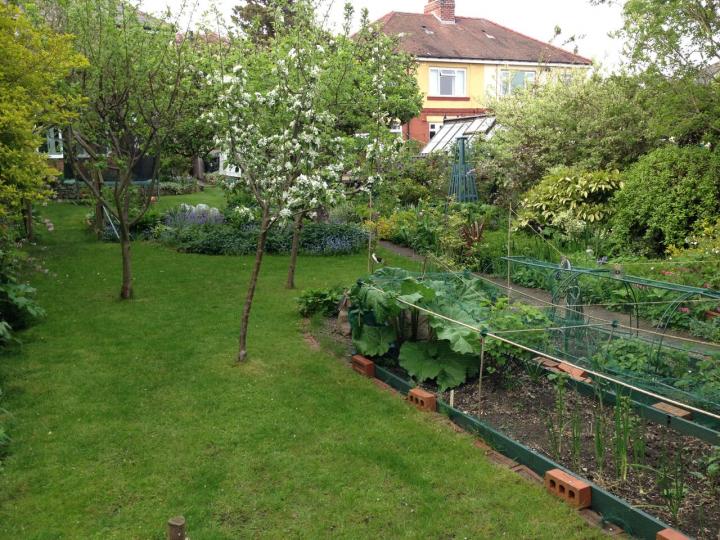

III. Raised Bed Garden Layouts
Raised beds are often framed with wood, bricks, or other materials and then filled with a mixture of high-quality potting soil, compost, and/or leaf mold. They drain well and are excellent for otherwise difficult areas such as stony, compacted, contaminated, very wet, or nutrient-poor soils. Raised beds are also useful for gardeners with limited mobility as they reduce the need to bend and can even be built on raised platforms for wheelchair access.
See 3 layouts for raised bed gardens—plus, beautiful garden photos!
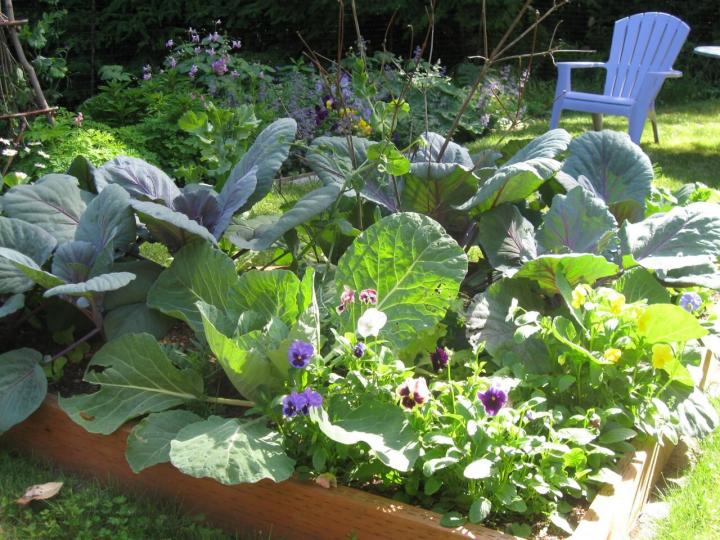
IV. Kitchen Garden Layouts (Potager)
Many fresh herbs and vegetables taste much better when they’re freshly harvested, and what could be more convenient than having them just outside the back door? The kitchen garden’s charm and appeal is the blend of vegetables, fruit, herbs, and flowers that are grown together like a living tapestry. Kitchen gardens are planted and replanted throughout the season for a continuous supply of fresh food for the kitchen.
See 6 kitchen garden layouts—plus beautiful garden photos!
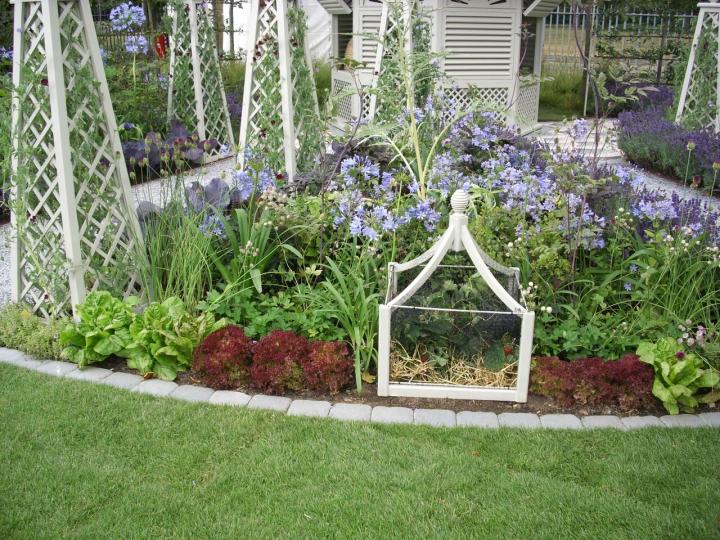

V. Homestead Garden
A homestead garden is usually larger than a typical backyard garden. It is grown either as a self–sufficient lifestyle choice or a market garden where excess produce can be swapped, bartered, or sold. While homestead gardens may have some raised beds nearer to the house, most crops are grown in traditional in-ground rows. Homestead gardeners may also keep a few chickens or bees in the garden.
See 3 free plans for homestead gardens—plus beautiful garden photos!
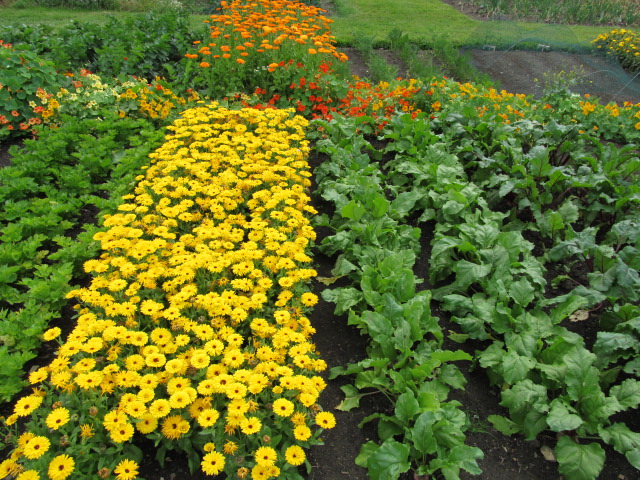
VI. Small Gardens
If your garden is small, it’s important to make the best use of your space with clever planting techniques and the right crops. Prioritize crops by choosing to grow only those that you enjoy eating or are expensive to buy.
See 4 free plans for small garden spaces—plus beautiful garden photos!
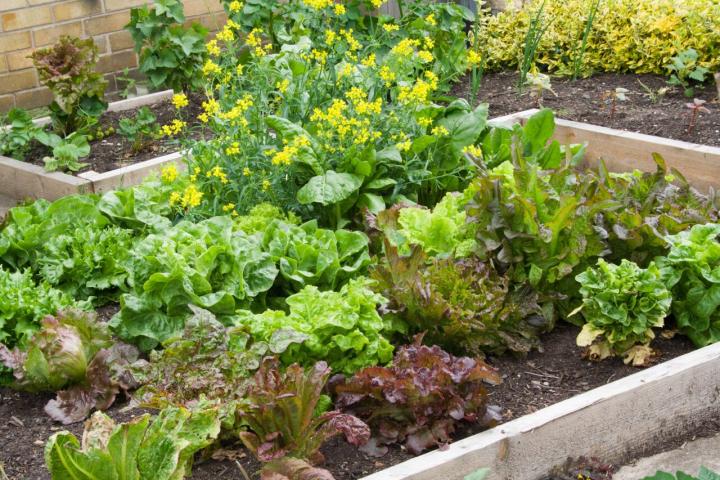
VII. Dry Gardens or Drought-Resistant Gardens
Gardening can be challenging when water is at a premium, but there are many ways for resourceful gardeners to grow gardens that flourish even when water is scarce.
Raised garden beds, irrigation, companion planting, mulching, and water-efficient crops are all important for gardening in dry climates.
See free layouts for gardens in dry climates—plus beautiful garden photos!
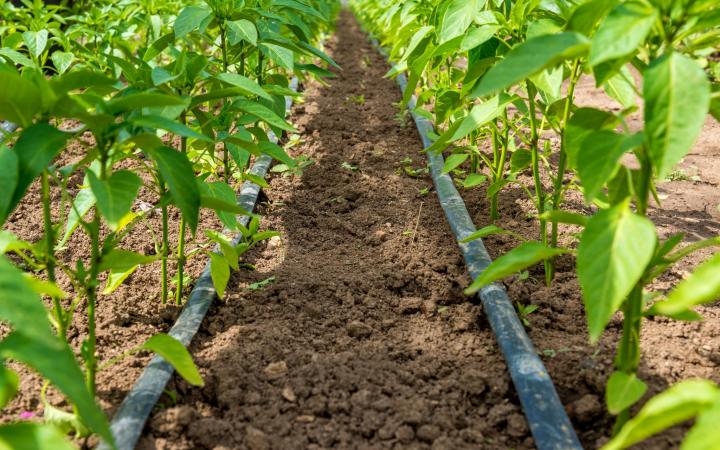
VIII. Flower Garden
Flower gardens may be grown for cut flowers for use indoors or simply for the enjoyment and relaxation gained from growing and tending the plants. Flowers also provide food and habitat for beneficial insects and can help improve the pollination of fruit and vegetable crops.
See free flower garden plans—plus beautiful garden photos!
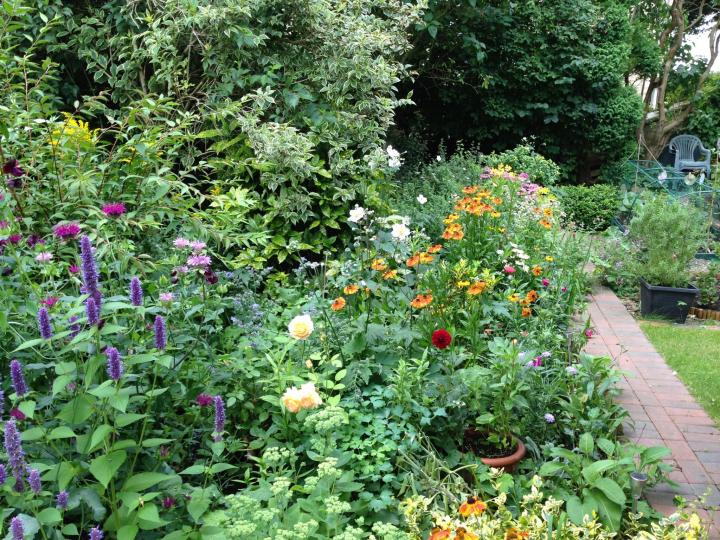
IX. Companion Planting Garden
Companion planting is the practice of growing plants together for a beneficial effect, such as protection from pests. Larger vegetables may also be used to protect smaller plants and seedlings from harsh winds or as climbing support, while sprawling crops such as squashes can be used to suppress weeds around tall crops like corn.
See free garden plan layouts using companion planting techniques.
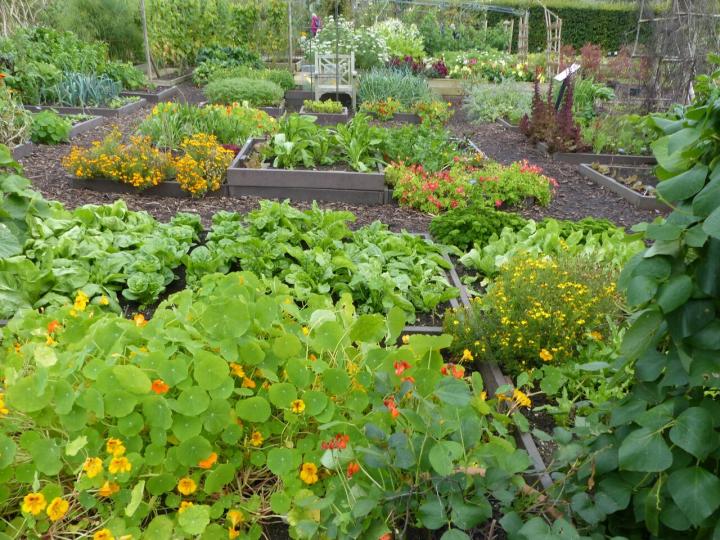
X. Partial-Shade Gardens
While most vegetables are sun-lovers, there are a handful that do tolerate some shade. Not all of us have a sunny spot, but we can still have fresh greens and other garden goodies.
See our list of shade-tolerant vegetables plus free layouts for partial shade gardens.
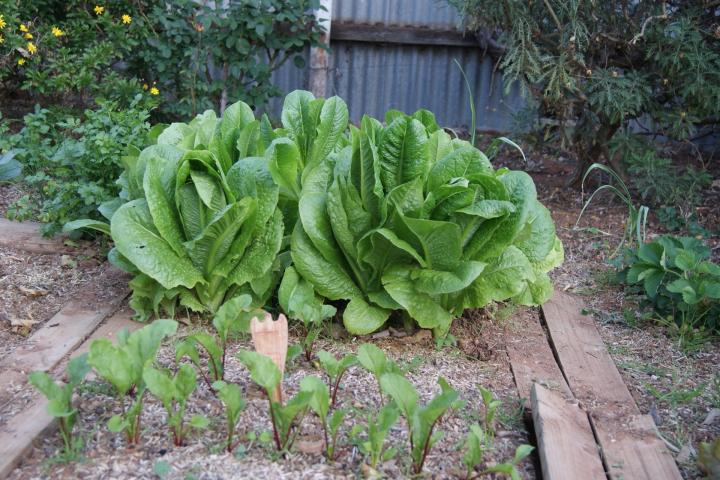
Discover Hundreds More Free Vegetable Plan Layouts
We have highlighted some of our best sample plans here; however, you can now find over 800 garden plans using our Almanac Garden Planner tool—curated over 10 years!























Comments